Sen. Marco Rubio (R-FL) challenged the New York Times – a newspaper with a long history of defending communist atrocities – to explain its decision to withhold critical information indicating Chinese dictator Xi Jinping was personally the architect behind the ongoing genocide of Muslim minorities in the country.
China is currently running what is believed to be one of the world’s largest concentration camps in the occupied western region of East Turkistan, formally labeled “Xinjiang” by Beijing. Extensive evidence compiled by human rights experts and journalists has proven that the Chinese Communist Party, under Xi’s control, is subjecting the ethnic Uyghur minority people of East Turkistan to a variety of crimes against humanity including torture, gang rape, forced sterilization, systematic abortion and infanticide, and slavery.
The U.S. government under both Presidents Donald Trump and Joe Biden have formally declared China’s actions against the Uyghurs and other Muslims groups in East Turkistan a “genocide.”
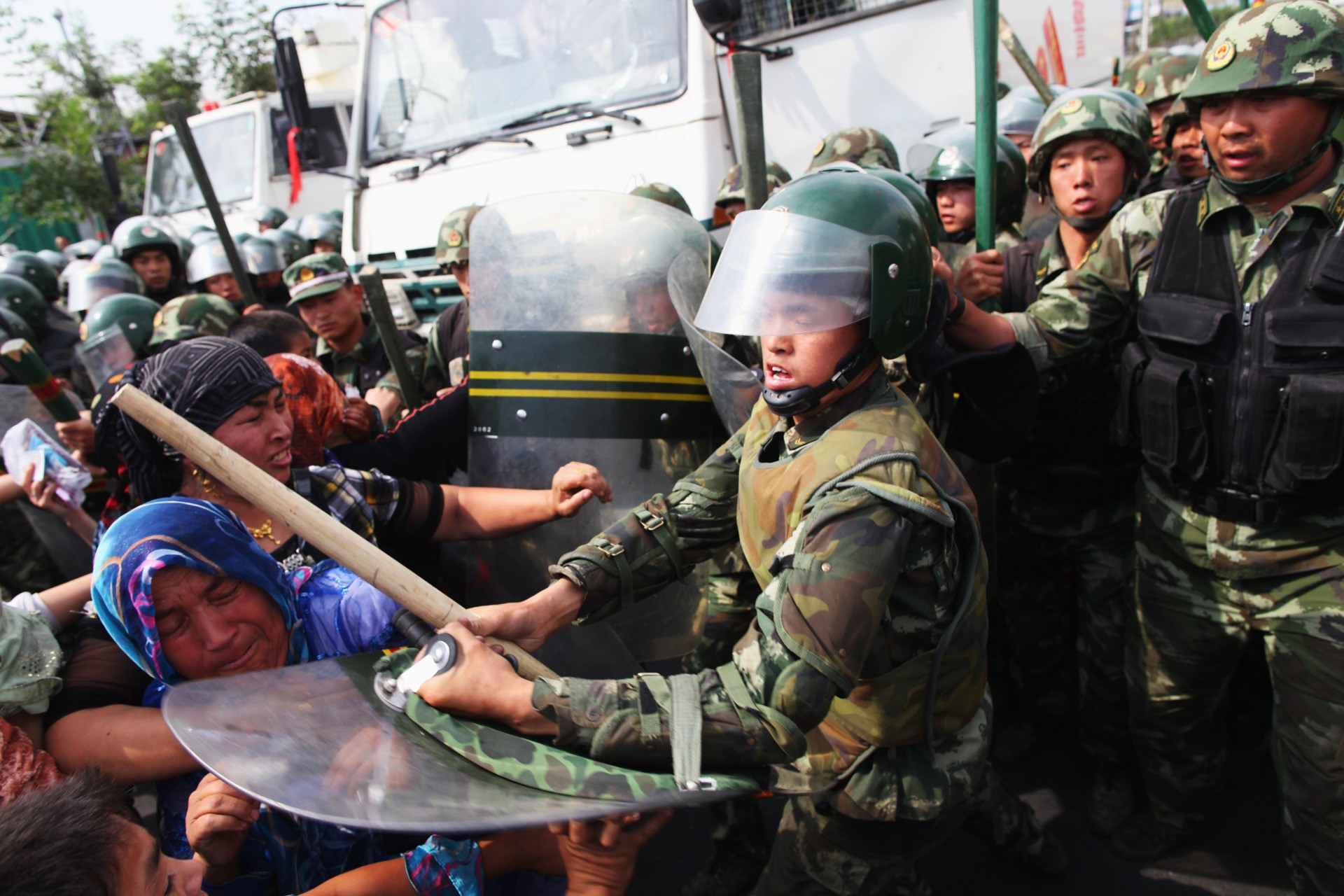
Chinese policemen beat Uyghur women who are protesting the detention of their family members on July 7, 2009, in Urumqi, the capital of China’s Xinjiang region. (Guang Niu/Getty Images)
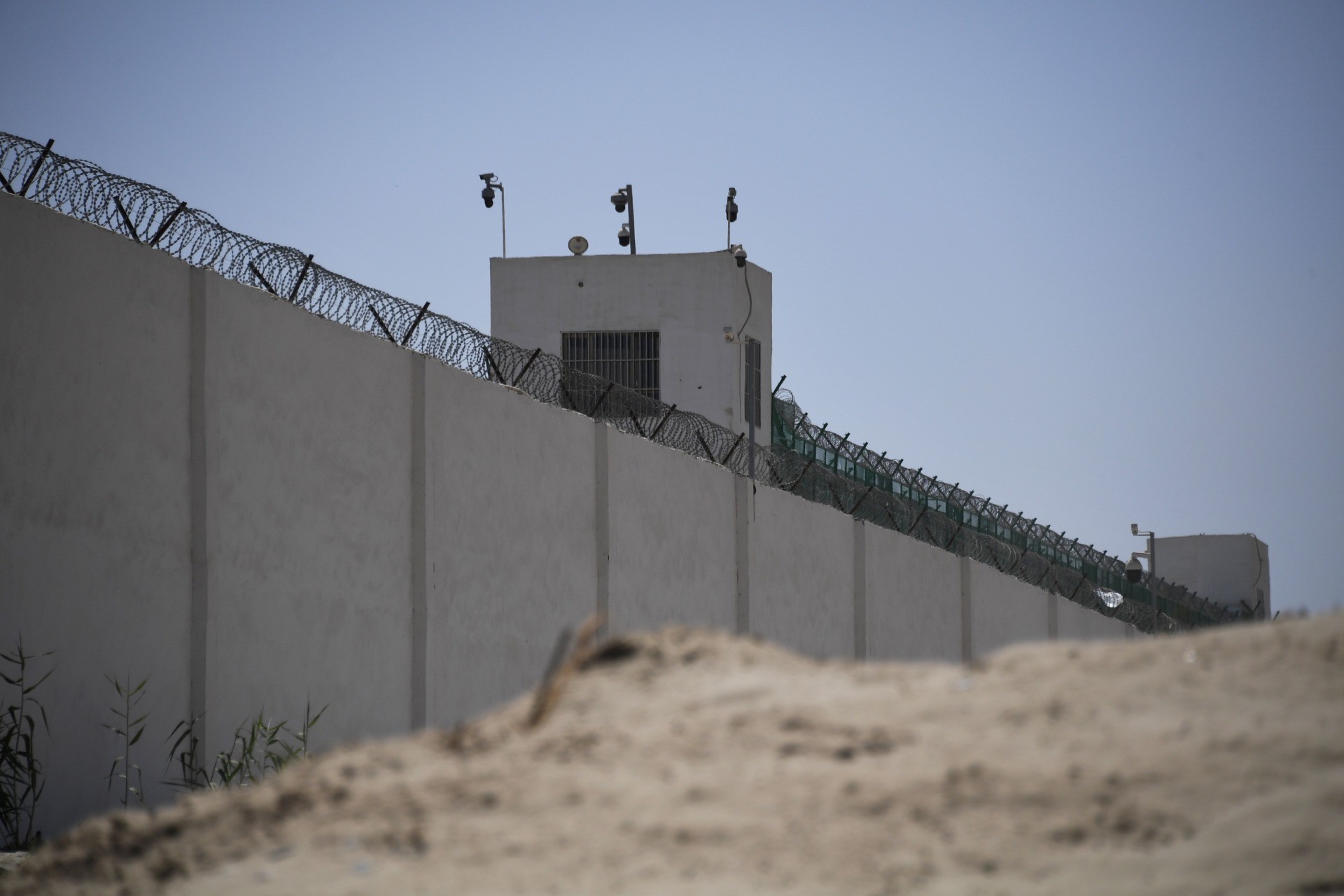
The outer wall of a complex which includes what is believed to be a Uyghur re-education camp on the outskirts of Hotan, in China’s northwestern Xinjiang region, on May 31, 2019. As many as one million Uyghurs and other ethnic minorities are believed to be held in a network of internment camps in Xinjiang. (GREG BAKER/AFP via Getty Images)
Xi’s regime claims that the concentration camps are “vocational training” facilities that help underprivileged Uyghurs develop job skills and keep them from engaging in jihad. The Chinese Communist Party has defended forced abortions and sterilization as a victory for feminism that has made Uyghur women “more confident and independent.”
As the most powerful person in China, holding at least 12 official titles, little evidence exists to disassociate Xi from the Uyghur genocide. The information the New York Times withheld regarding Xi in its 2019 coverage, however, would serve as hard evidence in any potential case against Xi for engaging in genocide and crimes against humanity at the International Criminal Court (ICC) at the Hague, which specializes in prosecuting world leaders for such atrocities.
The ICC has refused to prosecute Xi, demanding more evidence of his involvement in the genocide.
“For unknown reasons, the New York Times appears to have intentionally withheld documents that directly linked top Chinese Communist Party officials, including General Secretary Xi Jinping, to the ongoing genocide of Uyghur Muslims in the Xinjiang Uygur Autonomous Region,” Rubio wrote in a letter to Times publisher A.G. Sulzberger on Tuesday. “In those now-released ‘Top Secret’ transcripts – documents that the New York Times has allegedly had in its possession since at least 2019 – Xi explicitly authorized changing local counterterrorism laws, rounding up and sentencing Uyghurs, the use of forced sterilization, and the use of slave labor in Xinjiang.”
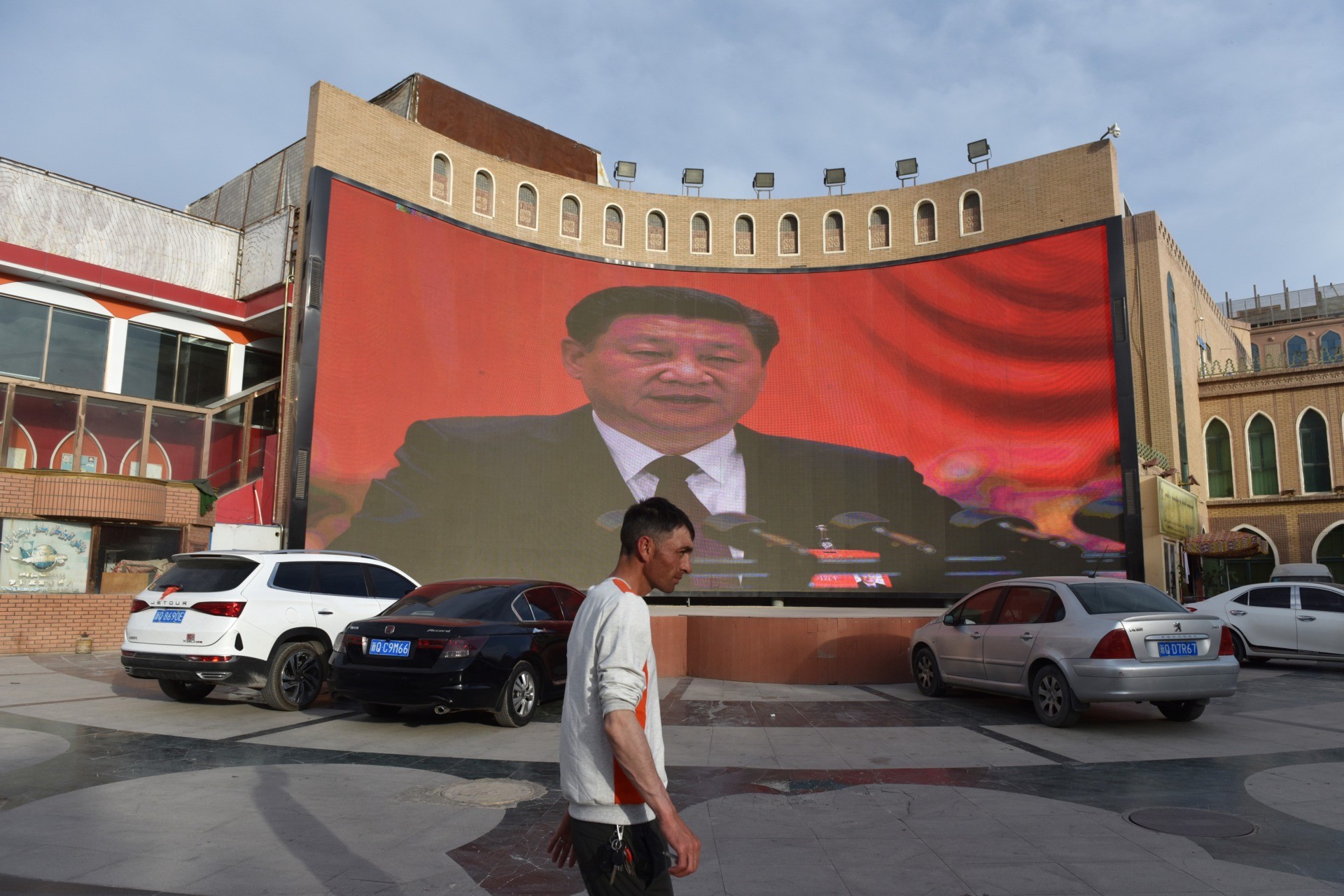
A man walks past a screen showing images of Chinese dictator Xi Jinping in Kashgar in China’s northwest Xinjiang region on June 4, 2019. (GREG BAKER/AFP via Getty Images)
Much of the information missing from the New York Times coverage came to light this week as a result of the work of the Uyghur Tribunal, an independent effort to document China’s genocidal campaign. Among that evidence are several speeches Xi personally issued complaining that East Turkistan’s population was too Uyghur and directly tying the success of China’s Belt and Road Initiative (BRI), an global infrastructure colonialism project, to the eradication of Uyghurs and other Muslims from the region.
One of the world’s top researchers documenting the Uyghur genocide, Adrian Zenz, confirmed that the information revealed at the Uyghur Tribunal came from the same source as the New York Times reporting from 2019, but that the contents of the newspaper’s reporting did not include much of what was revealed to be in the documents this week.
In his letter to the Times publisher, Rubio demanded answers to five questions:
- Who made the decision not to release the full documents that someone risked their life to obtain and give to the New York Times in a desperate attempt to save people’s lives in Xinjiang?
- Why did the New York Times choose to misleadingly characterize Xi’s policy goals as simply counterterrorism and blame the atrocities on mid-level Communist Party members when you had documents laying out Xi’s actual genocidal goal?
- Did the New York Times have any discussions or communications with the Chinese Communist Party and Chinese Government about any of the 403 pages it received? If so, did the Times make any deal or concessions to withhold the release of any of the documents, including Xi’s speech about what he wanted to do in Xinjiang?
- Did anyone at the New York Times reevaluate that decision after the Trump and Biden administrations determined that the atrocities being committed in Xinjiang constitute crimes against humanity and genocide?
- Will the New York Times commit to release the remaining approximately 86 pages of the document?
“[I]t looks as though the New York Times covered up proof that Xi sanctioned the total destruction of a people,” Rubio wrote. “No words of apology will erase your paper’s complicity in the ongoing genocide, but at the very least, you should end the censorship of your reporters and allow the full details to come out impartially, without fear or favor.”
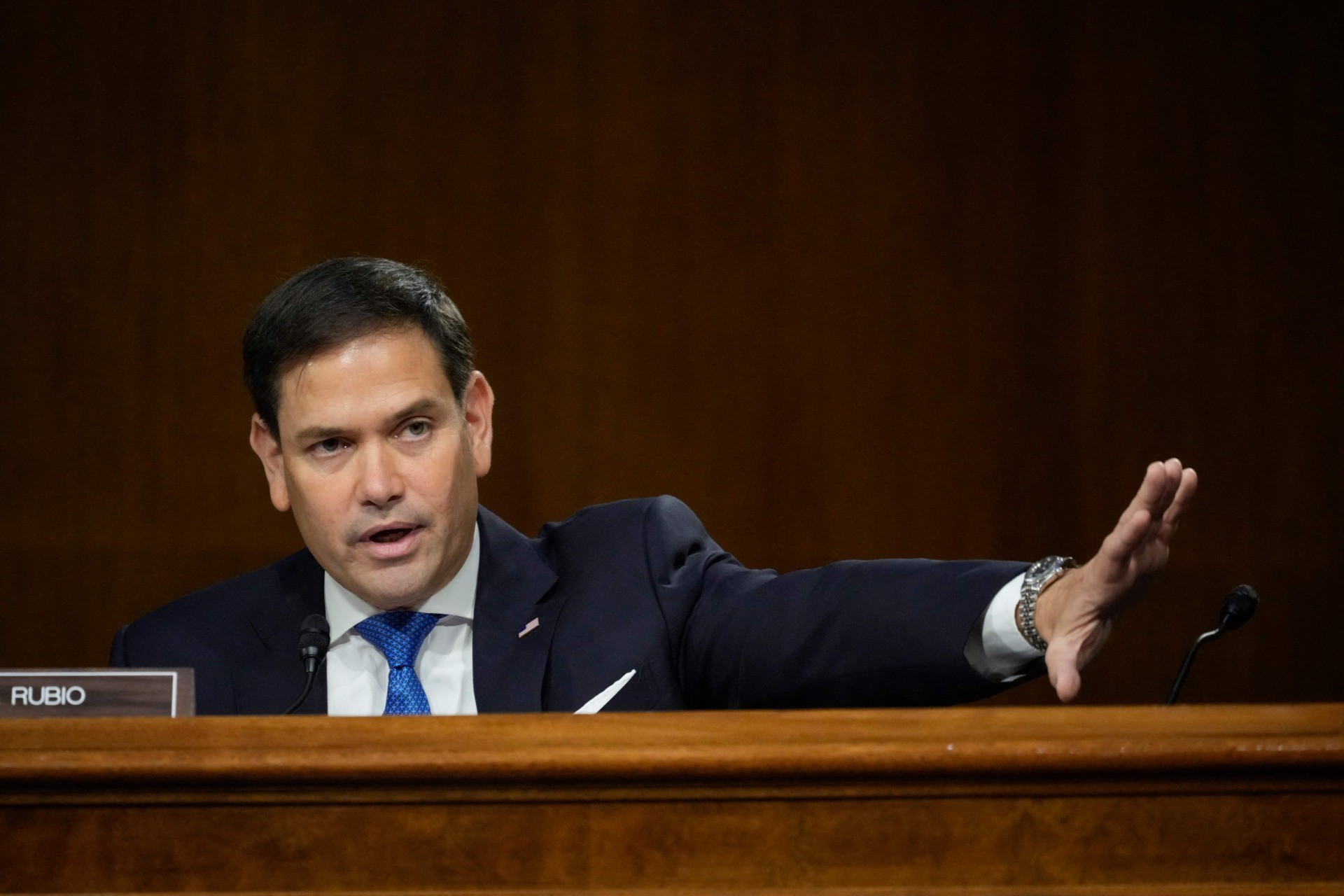
Sen. Marco Rubio (R-FL) speaks during a Senate Foreign Relations Committee hearing on September 14, 2021, in Washington, DC. (Drew Angerer/AFP via Getty Images)
The senator also noted the Times‘ woeful history of protecting genocidal actors, most prominently the Pulitzer-winning falsehoods published by journalist Walter Duranty denying the genocide of Ukrainians under Joseph Stalin known today as the Holodomor.
“We may never know why the New York Times and its man in Moscow felt the need to cover up Josef Stalin’s atrocities intended to silence and wipe out millions of peasants, but it seems that history is repeating itself,” Rubio wrote.
The New York Times published a response on Wednesday in which it both denied withholding the information in question and justified withholding the information in question.
“Senator Marco Rubio is simply wrong on the facts,” the response read in part. “The Times has long covered China thoroughly and unflinchingly.”
The newspaper nonetheless admitted to not publishing some of the information Rubio referenced.
“The Times chose not to publish the documents in their entirety over concerns that forensic analysis might allow the Chinese authorities to identify the source and put the person at risk,” the response read.
The response did not answer any of Rubio’s five questions.
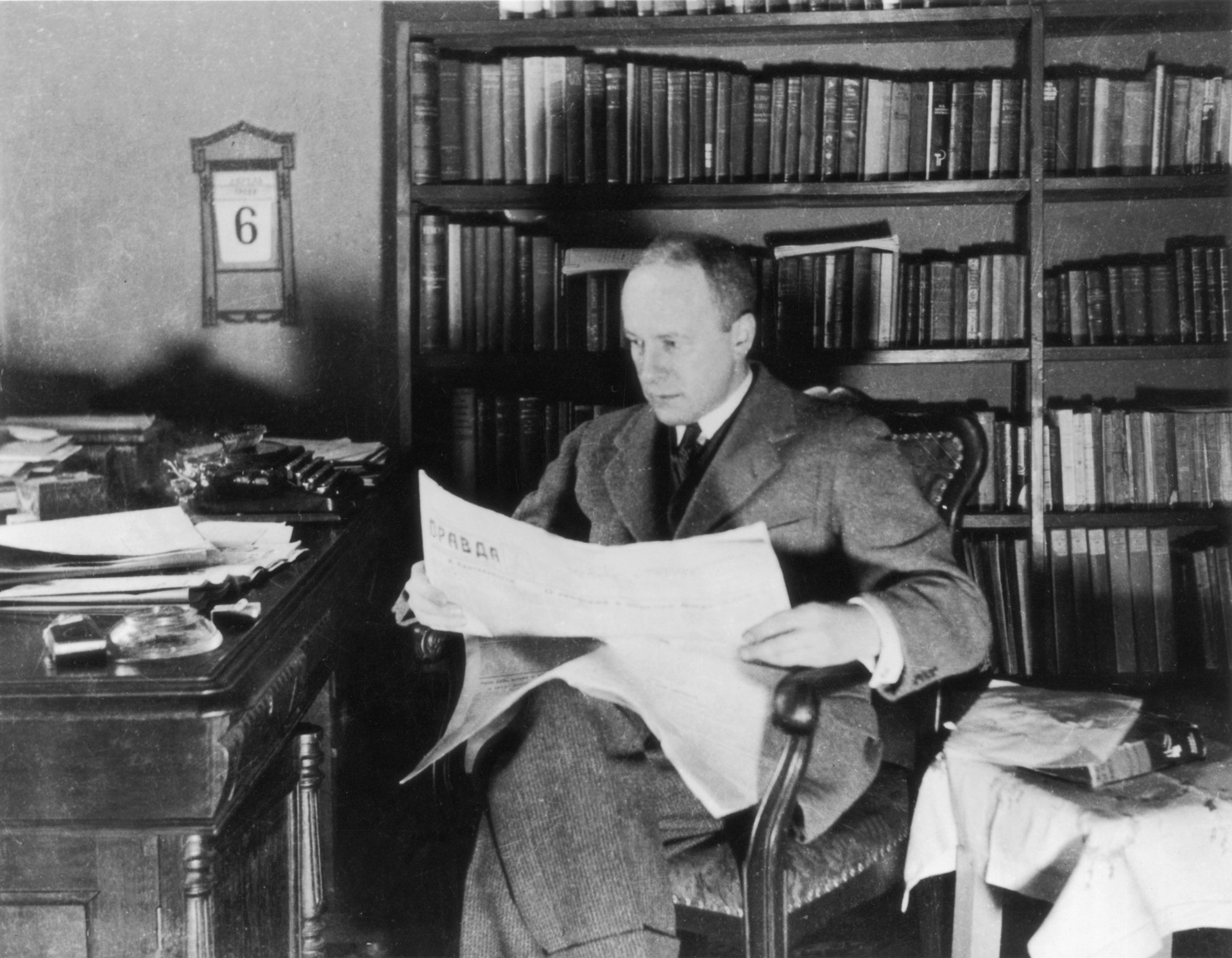
Walter Duranty, the Moscow correspondent for the New York Times who denied Stalin’s genocide of the Ukrainians, reading a copy of ‘Pravda,’ circa 1925. (James Abbe/Hulton Archive/Getty Images)

Dead and dying horses near a Belgorod collective farm during the man-made Holodomor famine in the Ukraine, former Soviet Union, 1934. (Daily Express/Hulton Archive/Getty Images)
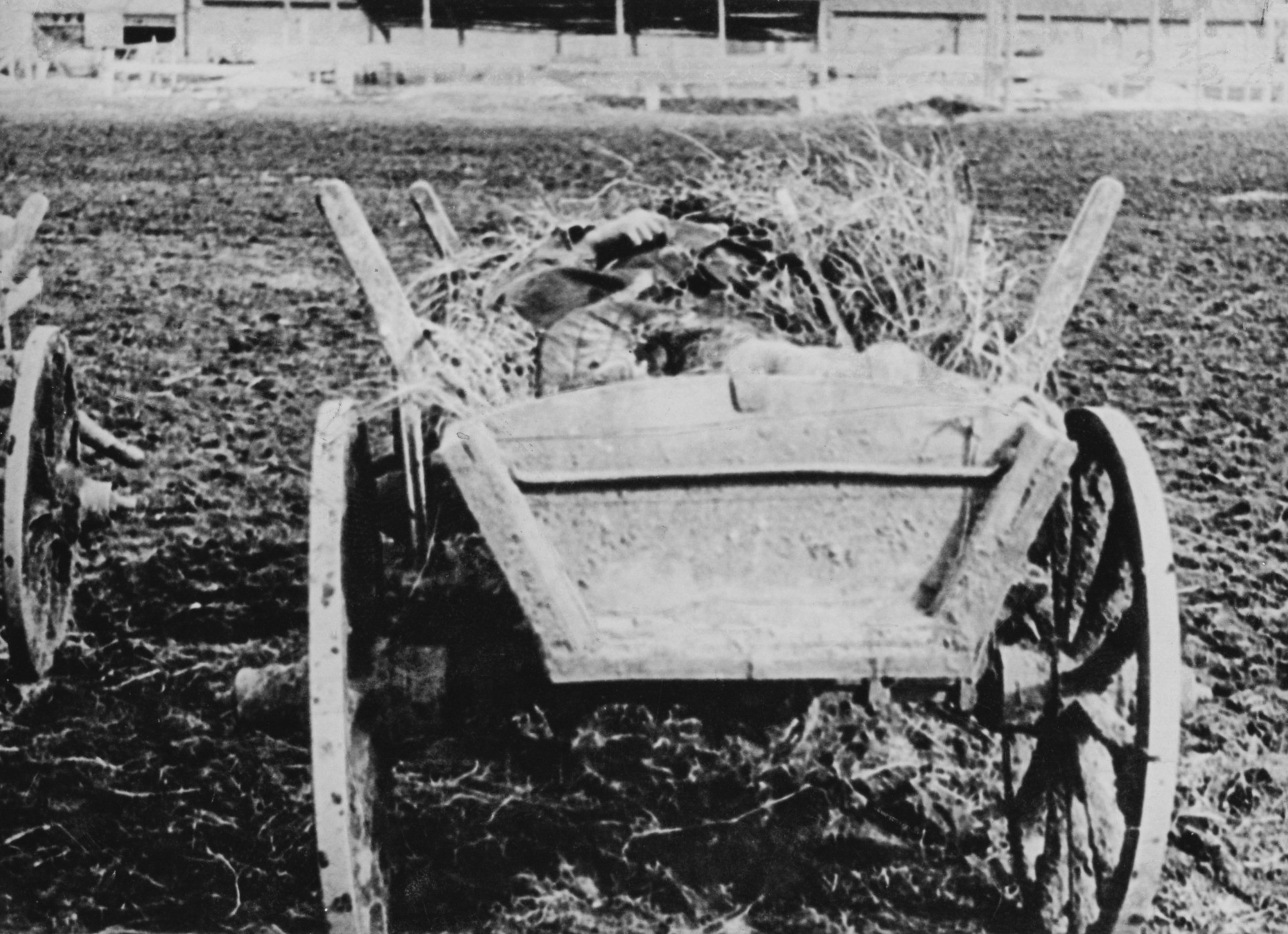
The body of a victim of the man-made Holodomor famine lying in a hay cart in the Ukraine, former Soviet Union, 1934. (Daily Express/Hulton Archive/Getty Images)
The New York Times has, on ample occasions, failed to disclose or simply fabricated information in defense of communists. The Duranty example is the most prominent – particularly given that the Pulitzer committee refused to rescind its award in light of the fact that Duranty’s reporting was a lie – but far from an aberration.
In the 1950s, another Times reporter, Herbert Matthews, published false reports claiming that soon-to-be brutal Cuban dictator Fidel Castro had amassed a sizable army, was highly popular in the country, and actively fighting against leader Fulgencio Batista. In reality, Castro and a small group of communists had entrenched themselves in the Cuban countryside while legitimate, and non-leftist, rebels fought Batista in the cities, such as the members of the Revolutionary Directorate and rebel leader Frank País. Most notoriously, Matthews greatly exaggerated the size of Castro’s clique on the basis of seeing the same group of 20 soldiers parade in a circle around him, according to Castro himself.
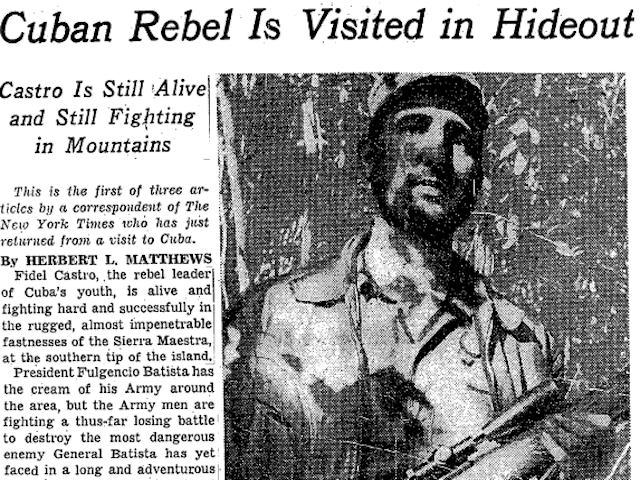
A New York Times article from February 4, 1957, by reporter Herbert Matthews, embellishing the popularity of dictator-to-be Fidel Castro.
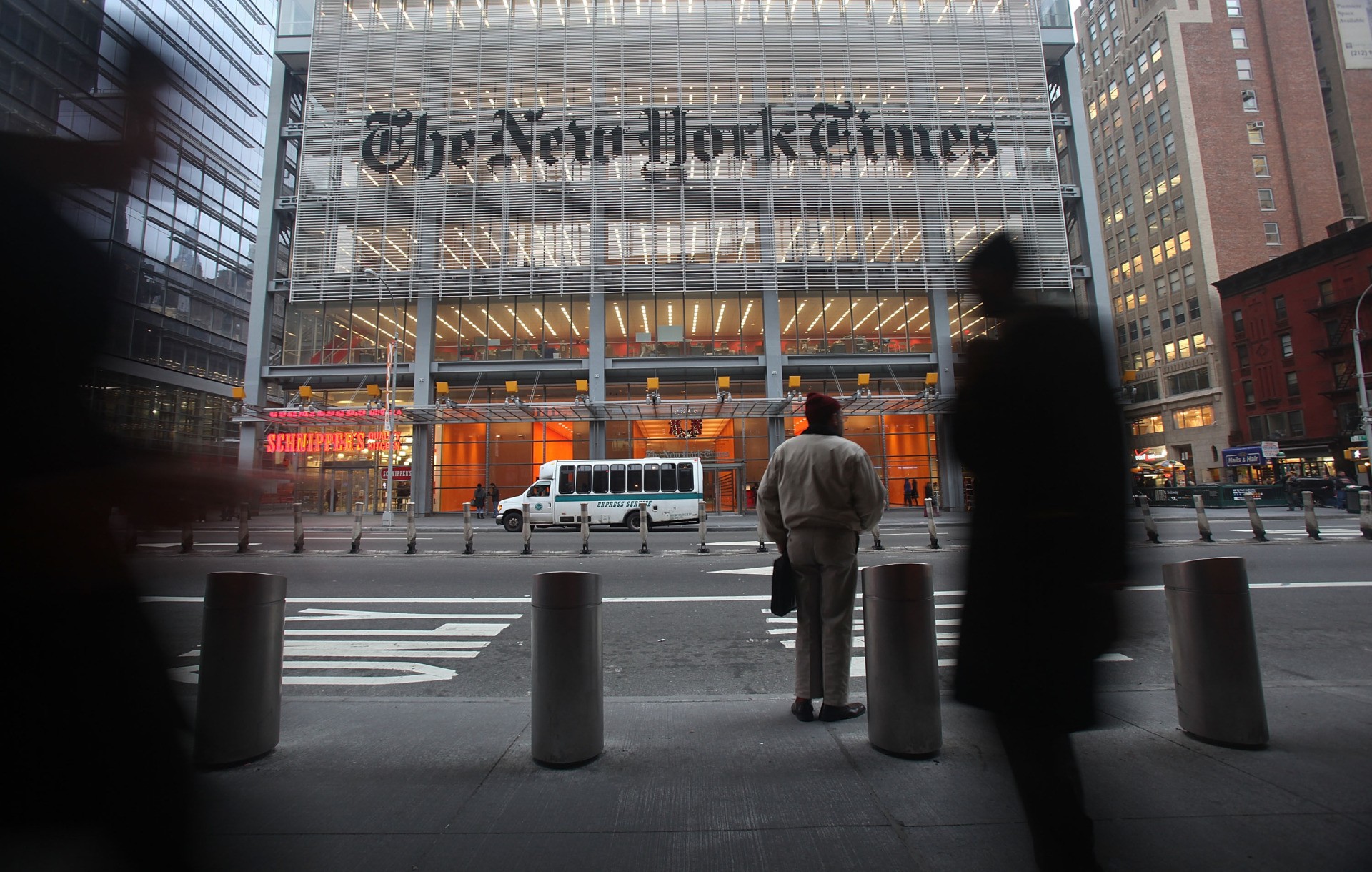
The New York Times’ midtown headquarters in New York City on December 7, 2009. (Mario Tama/Getty Images)
More recently, the New York Times celebrated the 100th anniversary of communism in Russia with a series of outrageous columns in 2017 defending the deadly ideology. Headlines published in the “Red Century” series include “Why Women Had Better Sex Under Socialism,” “The Cold War and America’s Delusion of Victory,” and “How Mao Molded Communism to Create a New China.”
The Times has also published a bizarre ode to “Fully Automated Luxury Communism,” several paid advertisements by the communist-aligned socialist dictatorship of Venezuela, and an op-ed regurgitating the Chinese talking point that Hong Kong is “China, like it or not.” Most Hongkongers disagree.
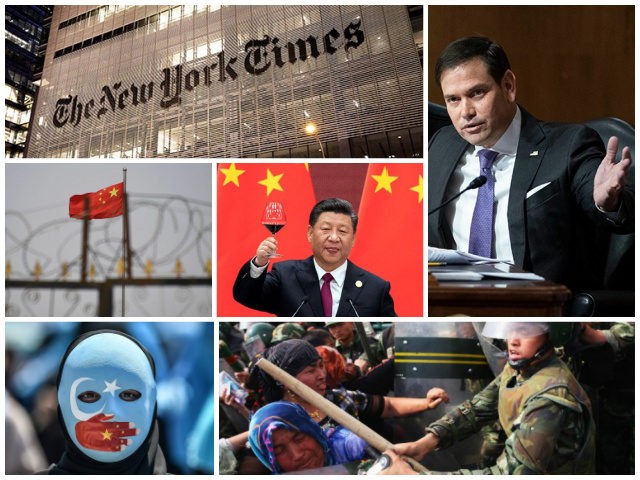
COMMENTS
Please let us know if you're having issues with commenting.